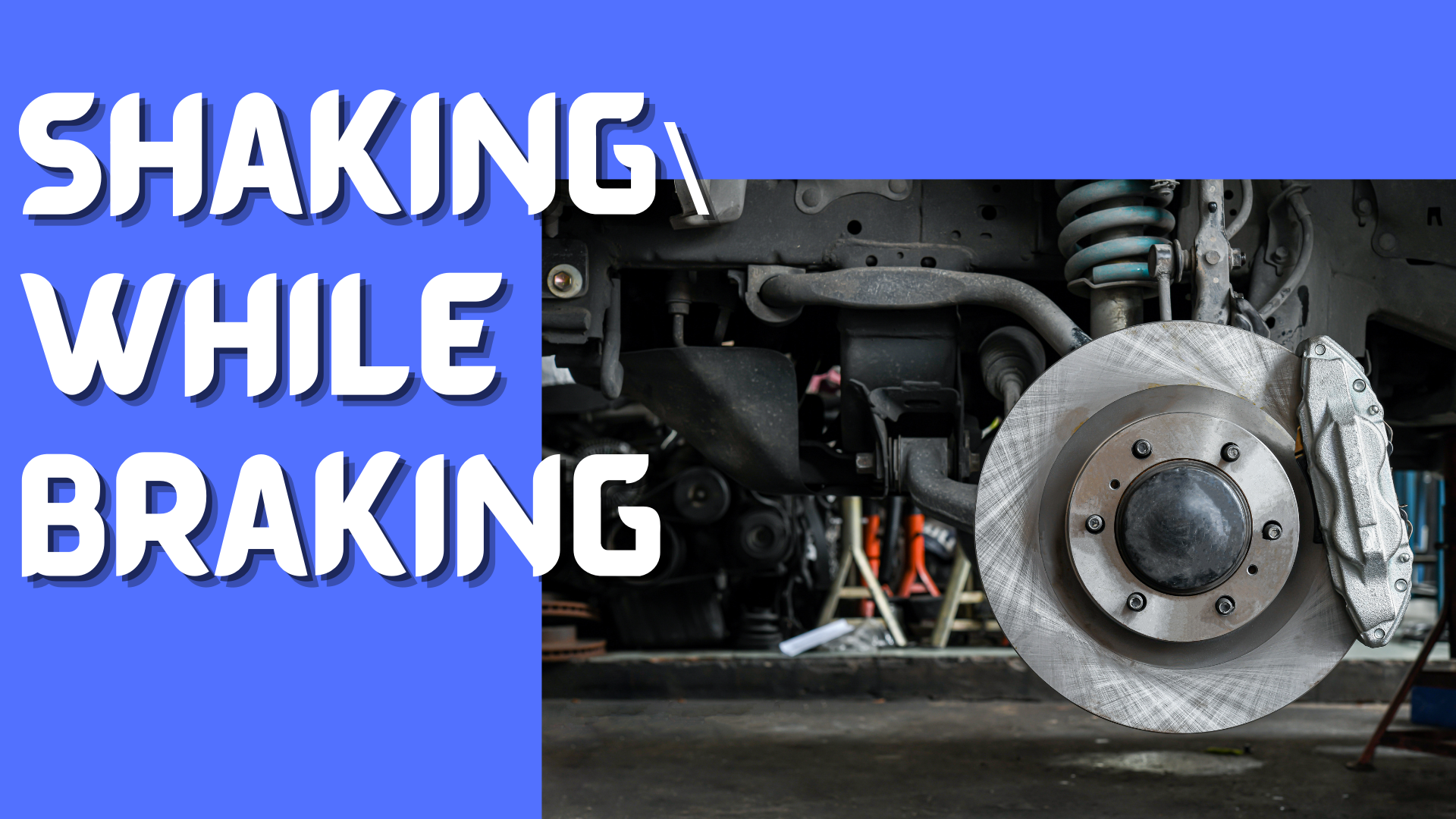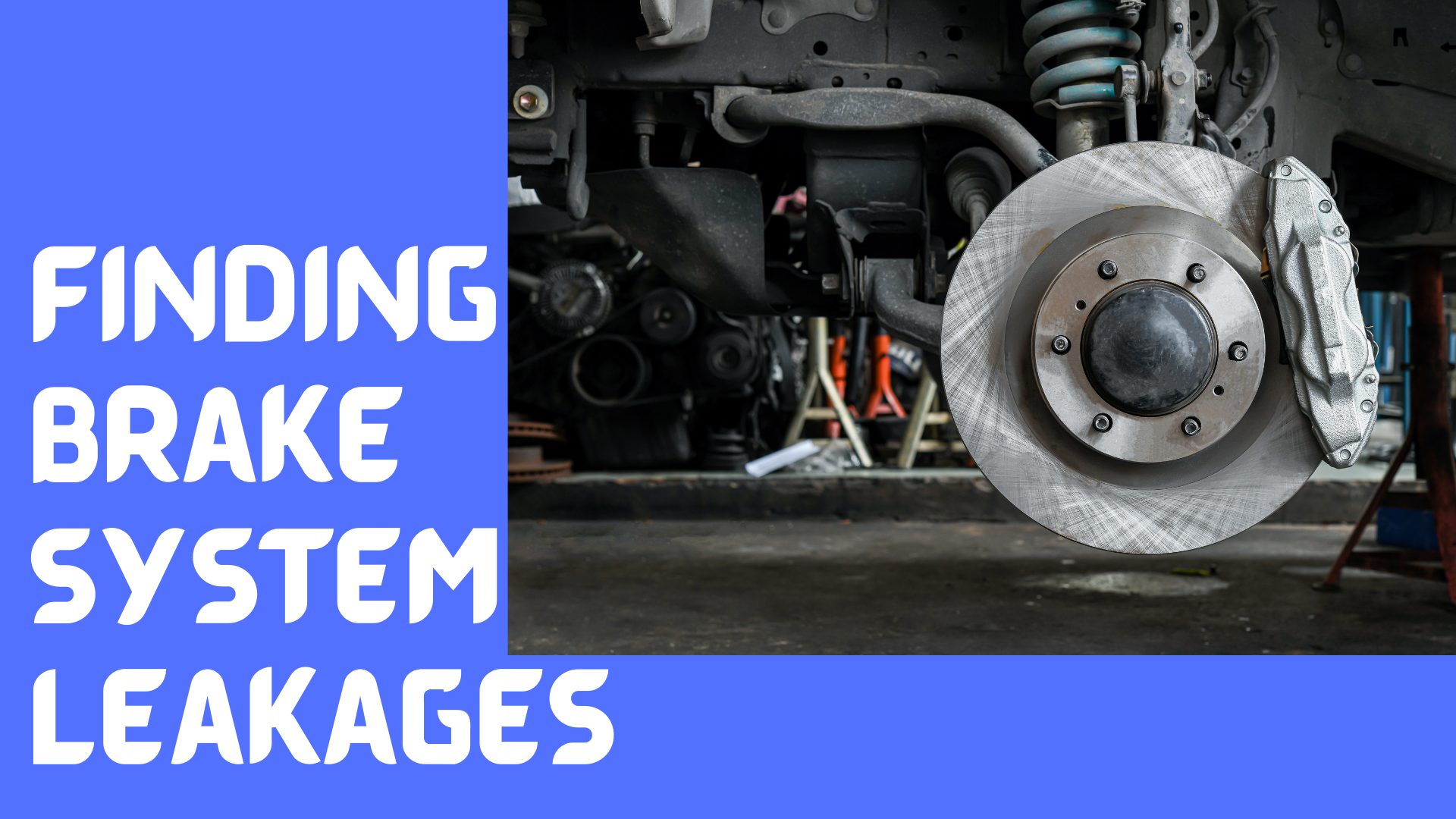The truck is Shaking While Braking – Causes
Have you ever experienced your vehicle shaking while braking? The brakes in your truck are your lifesaver. The braking system gives you complete control of your truck at any speed. When braking, it should be as smooth as possible, but sometimes, it might never be as smooth as you may anticipate. In such a scenario, something might not be okay for your truck. This guide elaborates on some of the top reasons why your truck could experience shaking while braking.
Shaking While Braking – What Are The Causes?
Here is a comprehensive guide on some of the probable causes that one could experience their truck shaking while braking.
Damaged Brake Rotors
Sometimes, your brake rotors might be rusty, damaged, or even warped, making your truck shake when you apply brakes.
The brake rotors function as the discs. They are located between the brake pads and are attached to the hub assembly. The pads usually squeeze against the rotor, which will stop your truck.
Apart from shakiness, you might also hear some grinding sound when you apply brakes. Sometimes, it is only the front rotors that might be damaged. If such happens, your steering might be shaky.
Imbalance Wheels
Your truck will shake when your wheels are not correctly balanced. The issues of balance can result from driving with over or under-inflated tires. In such a condition, your truck’s suspension system will be straining, and your tires will wear out relatively faster. It would help if you considered doing wheel balancing to have smooth braking and driving.
Bent Rims
Sometimes when you drive carelessly over potholes or bumpy roads, the rims of your truck are likely to bend. Such a condition will make your truck shake whenever you apply brakes.
You can notice this as you are driving slowly or braking, but shaking will increase as your speed increases.
Problems with Your Suspension
Your suspension will take a beating whenever you travel on bumpy roads or potholes, damaging your suspension system.
Vital joints like the axle or cv joint will shake your truck whenever they are damaged.
Poor Wheel Alignment
Poor wheel alignment also can make your truck shake when applying brakes. Apart from this, poor alignment will drag your truck sideways as you drive on a straight surface. When your truck is veering because of poor alignment, you will realize that it is accompanied by shakiness whenever you are braking. If this happens, consider taking your truck for wheel alignment as soon as possible.
Worn out Brake Pads
The braking system has various components, one of these components is the brake pads. The brake pads are always two and between them is the rotor. The pads apply pressure on the rotor by clinging to it to stop your truck.
Various brake pads are made of components that wear out with time. When they are completely worn out, your truck will be shaky as you try to brake.
Conclusion
Ever experienced shaking while braking in your vehicle? All the components of your truck are made to function smoothly. Whenever your truck shakes, if you apply the brake, it signals that something serious is wrong with it. The above are some of the most common causes which you should know. If you experience it, consider taking your truck for a mechanical check-up as soon as possible.



